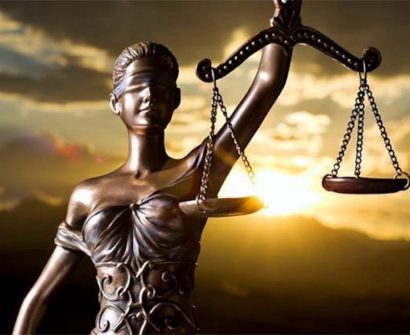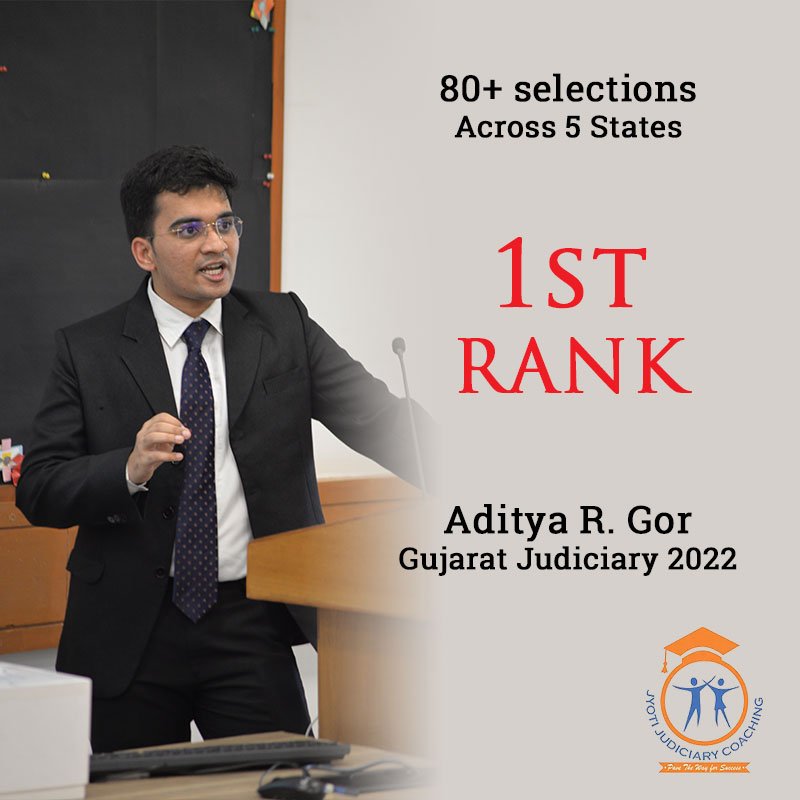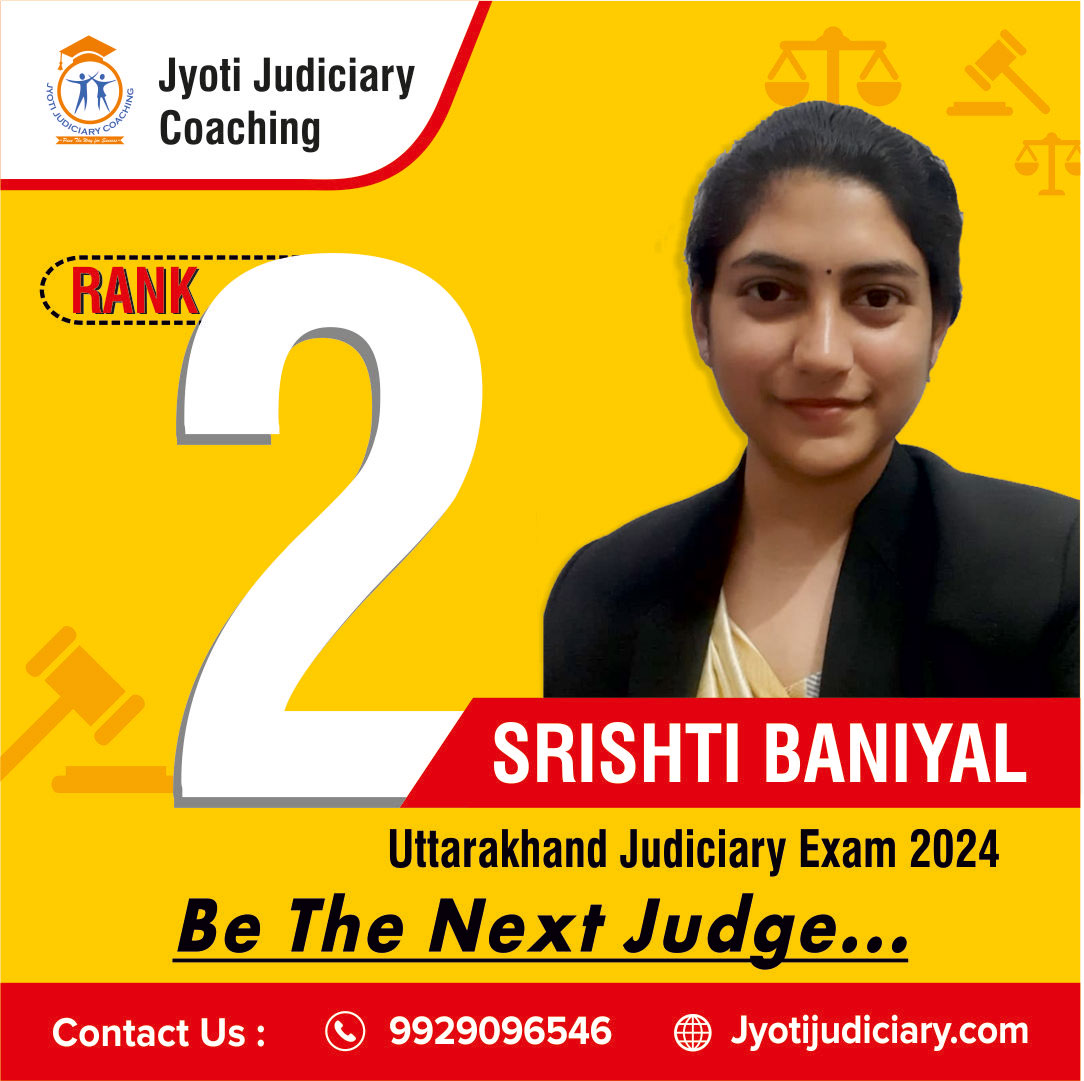
The Apex Court of India has considered a bail application in the current case of jafarudheen vs state of kerala. Judges M. M. Sundresh and Sanjay Kishan Kaul declared the decision in this case. The choice was taken on April 22, 2022. The appeal in question is one that is currently being contested before the Supreme Court after the Trial Court and High Court rendered their respective rulings in the matter.
The Supreme Court is hearing an appeal from the two-judge bench of the High Court of Kerela, which affirmed the trial court’s verdicts and reversed the acquittals. Now that their acquittal has been verified, the accused are free to go anywhere they like. Following the entire court process, the Apex Court reviewed the evidence and the arguments made by both sides before approving the trial court’s verdict and ruling it to be correct, granting the bail order.
FIR: About
- When law enforcement obtains information on the commission of an offense, they file a preliminary report known as a First Information Report (FIR). The reason it is called the First Information Report is that it is a factual report that reaches the police first.
- Usually, the victim of a crime or someone acting on their behalf files a complaint with the police. Anyone with information about an offence being committed may file a Federal Investigation Report (FIR).
- The crime victim is not the only one who must file a FIR. A commission infringement can be reported verbally or in writing to the police by anybody. A phone conversation could potentially be regarded as a formal complaint.
Witness: About
- A witness is a someone who has personally observed an event. It might be anything, a theft, an accident, etc. A witness is somebody who is able to use their senses to detect a fact.
- A competent witness may observe any behaviour using his or her eyes, hearing, nose, touch, or any other reasonable sense. Witnessing is defined as observing an event in progress or offering evidence.
- By providing the judge or jury with all of their knowledge, they help to clarify the facts that occurred.
jafarudheen vs state of kerala Case Facts
- The current case began when a quarrel broke out between two members of the same political party. Members of two different political parties, one associated with the CPI (M) and the other with the NDF, belong to both the guilty and the deceased.
- Political members linked with the NDF and the CPI (M) engaged in combat; the NDF associates were A-3 and A-10, while the dead and P.W.8 were CPI (M) members. During the argument, A-3 was supposedly attacked by the dead.
- The 16 suspects got together at the A-5 family house that day with the intention of taking revenge. They planned to kill the deceased. After making the aforementioned choice, A-1 through A-13 sent three tangible objects, a motorcycle, a jeep, and an autorickshaw, as well as lethal weapons including choppers, swords, and knives to the deceased person’s home the following day. Four of them waited outside, while the rest rushed in and mercilessly attacked the dead. Throughout the process, they twice detonated nation bombs.
- The FIR against six specified defendants and other people for offenses punishable by Sections 143, 147, 148, 427, 452, 302 read with section 149 of the indian penal code and Section 3 of the explosive’s substances act was narrated by P.W.1, who was present throughout the occurrence. The complaint was filed and presented to the jurisdictional magistrate the following day.
- After the investigation was finished, a charge sheet was submitted against sixteen persons. There were sixty-six witnesses called by the prosecution. The Sessions Judge in Kollam found the suspects guilty but cleared them. Appeals and revisions were filed by the convicted accused, the prosecution, and the de facto complainant. The Kerala High Court maintained the conviction and the sentence of imprisonment.
- Although it was granted by overturning the conviction order of A-10 to A-13, the State’s appeal against the conviction judgment in favour of A-14 to A-16 was denied. With the conclusion of the court battle against A-14 through A-16, the convicted suspects have released these challenges.
jafarudheen vs state of kerala Issues
- Is it appropriate to award A-10 and A-13 bail, or not?
jafarudheen vs state of kerala: Provisions Involved
- Members of an unlawful assembly are subject to punishment under Section 143 of IPC, which includes a fine, a period of imprisonment of up to six months, or both.
- Under Section 148 of IPC, anyone found guilty of rioting, possessing a lethal weapon, or using anything that could be used as a weapon of offense and cause death would be penalized with either type of imprisonment for a maximum term of three years, a fine, or both.
- Section 149 of IPC states that anyone who is a member of the same assembly at the time of the offense is also guilty of the same offense if any member of an unlawful assembly commits an offense in furtherance of the assembly’s common object or an offense that the assembly members knew was likely to be committed in pursuit of that object.
- Section 302 of IPC says that a person convicted of murder faces a sentence of either death or [life in prison], as well as a fine.
- Under Section 427 of IPC, a person who creates mischief and damages property worth fifty rupees or more will be punished with a fine, two years’ worth of imprisonment of any kind, or both options.
- Under Section 460 of IPC, any person found guilty of lurking house-trespass by night or house-breaking by night who voluntarily causes or attempts to cause death or grievous harm to any person, as well as any others involved in the commission of these crimes, shall be punished with one year of imprisonment for life, or with imprisonment of either description for a term that may extend to ten years, in addition to a fine.
jafarudheen vs state of kerala Judgment
- The court ruled that there is insufficient evidence to draw the inference that the delay was purposeful and intentional enough to warrant suspicion. We find no fault with the Trial Court’s reasoning, which is predicated on the other information in the file as well as the eyewitness depositions, hence we are inclined to dismiss the aforementioned claim. Therefore, it is equally appropriate to reject the aforementioned position.
- We are able to make this comparison since the arguments put out to bolster the testimony of these witnesses raise questions, raise suspicions, and are either insufficient to support a contentious outcome or likely to mislead. We thus concur with the Trial Court’s decision.
- Furthermore, A-12 is not likely to be able to hide the bloodstains on her garment for longer than ten days. One may apply the same logic to A-10. It was said that A-13 had taken the bloodstained clothing out of the clinic. There is no proof on that point other than connecting the aforementioned outfit to the suspect’s; also, it is unclear how the aforementioned dress got to the hospital.
- The High Court has reversed the appellants’ convictions in Criminal Appeal No. 430-431 of 2015, with case numbers A-10 to A-13. As a result, the High Court’s decision is overturned and the Trial Court’s acquittal is reinstated in the appeals filed by Accused Nos. A-10 to A-13, Criminal Appeal No. 430-431 of 2015. If any, the bail bonds for A-10 through A-13 have been released. Applications that are still pending will be deleted.
- Based on the claims in their bail application, the fact that the applicants are said to have signed, the fact that they have been detained for more than six years, and the fact that it is a matter of reversal, we are ready to grant them bail while we await the resolution of the criminal appeal.
- Considering the circumstances of the incident, the court orders the relevant Trial Court to impose the aforementioned restriction on the appellants, requiring them to stay a reasonable distance away from the scene of the incident. In addition, the Trial Court would have the power to impose any further requirements that it deemed necessary and proper.
The court made the right choice in maintaining the trial court’s ruling. The prosecution’s case cannot be rejected based only on the delay, even after a thorough examination. Additionally, there was insufficient evidence to establish a connection between the accused’s bloodstained clothing and his culpability. For the convicted party, this ruling is entirely justified because they were granted bail after spending over six years in custody due to accusations that they had not been granted it.
With the goal of giving students the best coaching available for law entrance exams including the CLAT, AILET, and various other numerous state judiciary exams, Jyoti Judiciary Coaching, India’s Finest educational Platform, was established. Come enrol now with Jyoti Judiciary!
For any latest news, legal topics, judiciary exams notifications, patterns, etc watch Jyoti Judiciary’s YouTube channel for legal videos for any updates at https://youtube.com/@jyotijudiciarycoaching4852?si=2cwubh9d2A9urwJf








